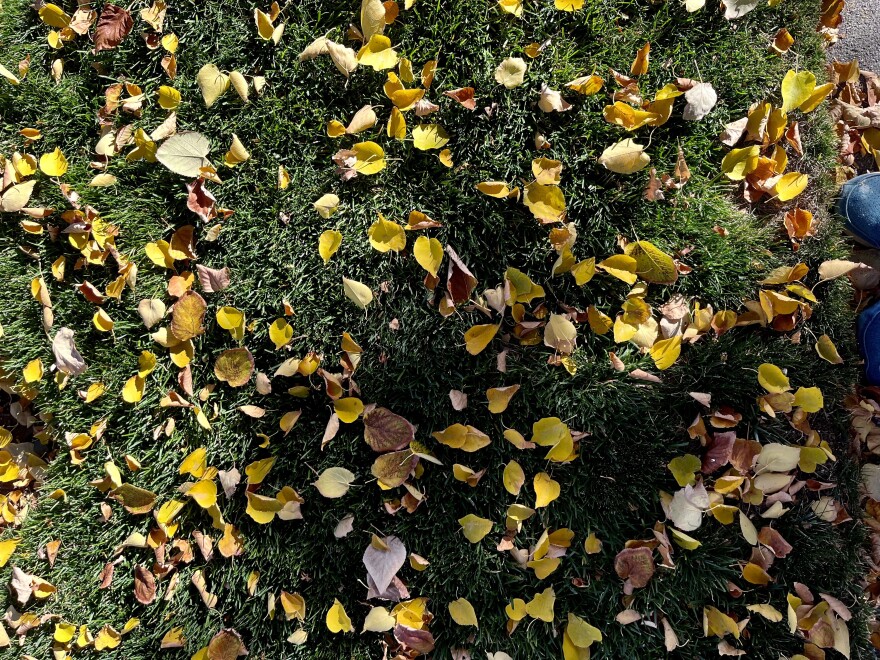If you’ve ever seen a building being demolished, you know that it happens in stages. Heavy machinery knocks it down, workers salvage useful materials, debris is hauled away and the site is cleared for future use, each task done by specialized teams.
I see decomposition of tree leaves as a sort of natural demolition project, with its own teams of deconstruction specialists.
It begins with rain. Raindrops wash out compounds that easily dissolve, a process called leaching.
Next comes comminution — the physical breakdown of whole leaves by beetles, worms and millipedes. Like miniature wrecking balls, they chew the leaves into smaller pieces, increasing the surface area for the next step.
Bacteria and fungi take on mineralization. That’s a critical step, because plants can’t directly absorb nutrients when they’re locked up into complex molecules, like cellulose. They can only absorb nutrients like nitrogen and phosphorus after soil microorganisms convert them into simpler forms.
And different types of microbes handle different stages of mineralization, just like those specialized demolition workers. But the microorganisms don’t work for free. They use some of the leaf’s carbon as energy for their own growth.
When the process is done, the minerals once locked in living leaves return to the soil to be absorbed by tree roots to nourish the next year’s growth. As the seasons cycle, that new foliage will be part of another round of construction and demolition of tree leaves.



